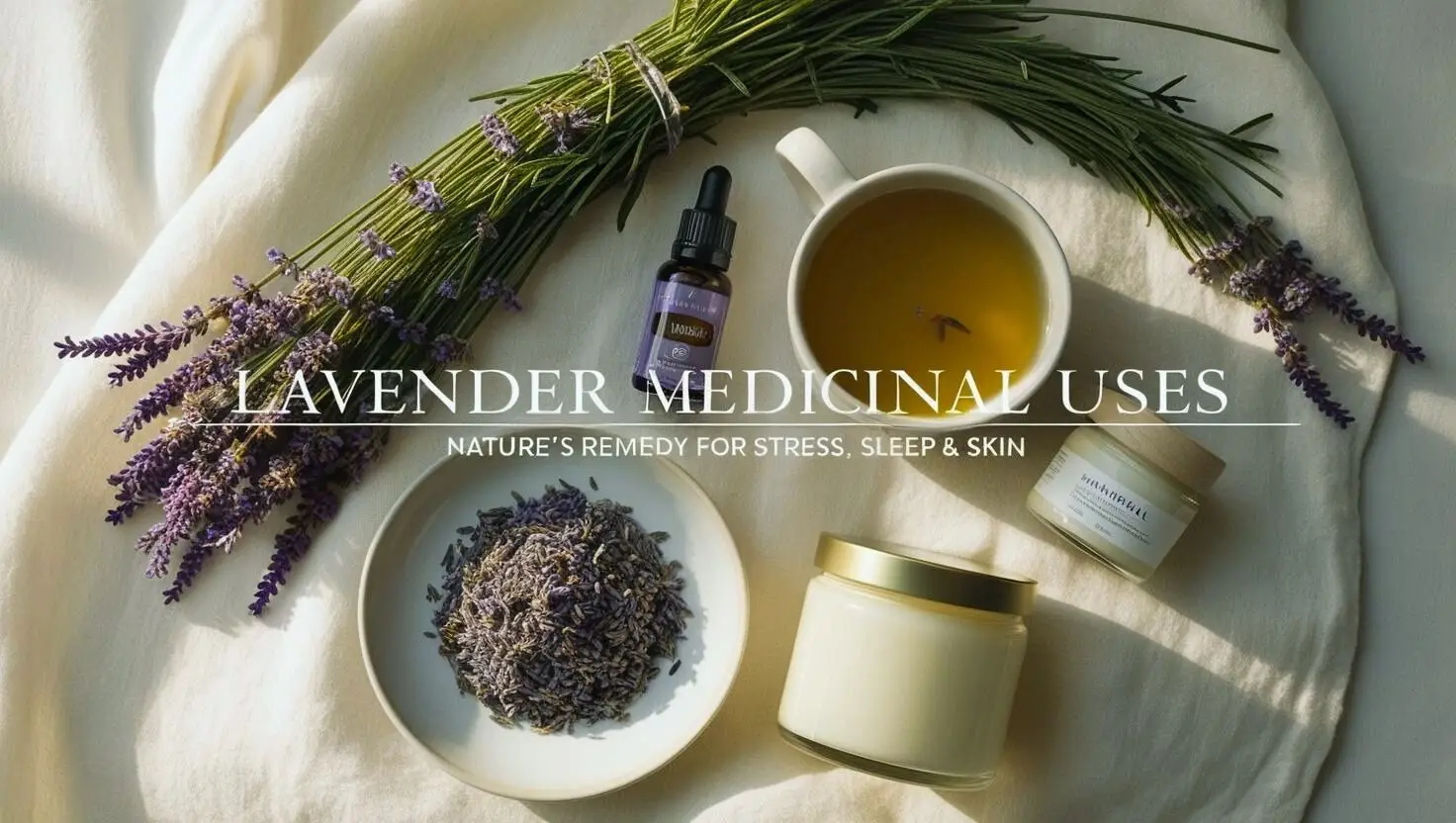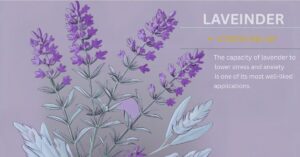There is more to lavender than just a beautiful, aromatic bloom. For generations, this tried-and-true plant has been utilised in traditional treatment. Lavender provides an all-natural and gentle method of taking care of your health, from reducing stress to enhancing sleep and calming skin. We’ll look at how this purple plant heals, how to use it properly, and why it’s still one of the most popular medical herbs worldwide.
🌿 What Is Lavender?
The flowering plant lavender (scientific name: Lavandula angustifolia) belongs to the Lamiaceae family of mints and is prized for its soothing, flowery fragrance and gorgeous purple flowers. Lavender is indigenous to the Mediterranean region, which includes southern Europe, northern Africa, and portions of Asia. It has been grown for thousands of years for its aesthetic and therapeutic properties.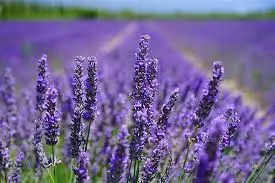
Small shrubs, lavender plants have tall, erect spikes of purple flowers and silvery-green foliage. The most significant component of the plant, these blossoms are frequently gathered for use in aromatherapy blends, herbal teas, essential oils, and natural skin care products. Beneficial substances including linalool and linalyl acetate, which have relaxing, anti-inflammatory, antibacterial, and analgesic effects, are abundant in the oil that is derived from the flowers.
Lavender is regarded as one of the most adaptable herbs in natural medicine today. It is frequently used in aromatherapy to enhance mental clarity, reduce tension, and encourage relaxation. A typical component of natural treatments for headaches, acne, eczema, sleep issues, and even minor wounds and burns is lavender oil. Because of its mild yet potent therapeutic qualities, it is also present in natural insect repellents, household cleansers, and personal care items.
Lavender is prized for its fragrance and visual appeal in addition to its health advantages. It is popular in flower arrangements, home gardens, and beautiful crafts like sachets and potpourri.
🧠 1. Lavender for Stress Relief
The capacity of lavender to lower stress and anxiety is one of its most well-liked applications. The nervous system is calmed by the aroma of lavender. Lavender oil is therefore frequently used in aromatherapy and relaxing techniques.
According to research, the body’s primary stress hormone, cortisol, can be considerably reduced by inhaling lavender oil or applying it during massage. This naturally and non-addictively makes people feel less nervous and more at ease.
You can use lavender to reduce tension by filling a diffuser with a few drops of lavender essential oil and allowing the scent to permeate your room.
## For a relaxing soak, you can also add dried lavender flowers or lavender oil to your bath water.
## Lavender oil can also be combined with a carrier oil, such as coconut or almond, and applied to your wrists, shoulders, or neck for a soothing massage.
## Another quick stress reliever is a simple lavender pillow mist that may be applied before bed or during breaks.
## To relieve tension on hectic days, carry a tiny lavender sachet in your car or backpack.
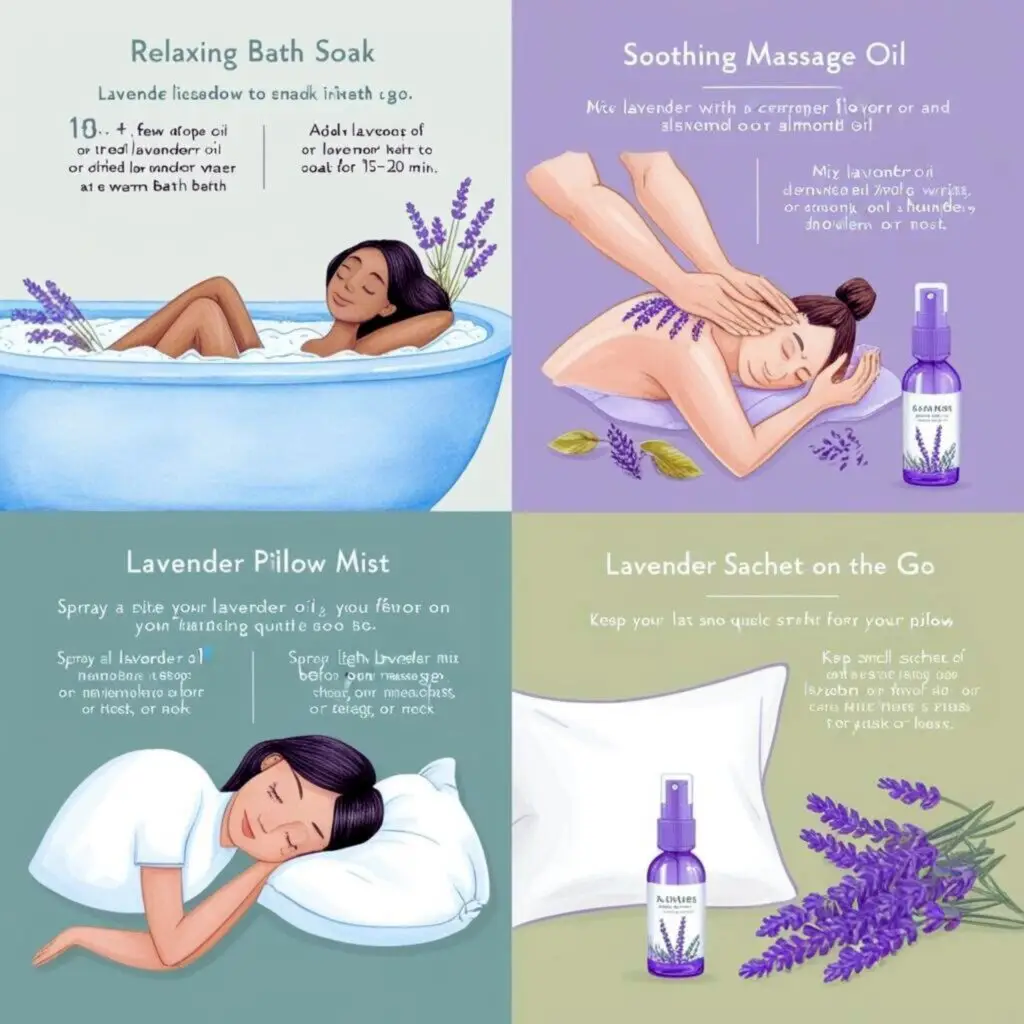
🧴 3. Lavender for Skin Healing
Strong antibacterial and anti-inflammatory qualities can be found in lavender. It is frequently used to treat burns, acne, insect bites, and small cuts.
Because of its inherent antibacterial qualities, lavender is well known for assisting in the prevention of infection in cuts and wounds. It is frequently used to lessen scars because it calms sensitive skin, lowers redness and swelling, and encourages skin regeneration. In addition to preventing breakouts, lavender combats the bacteria that cause acne, making it a mild and natural substitute for harsh chemical solutions.
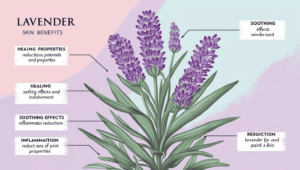
## Apply a mixture of lavender oil and aloe vera gel on sunburns, irritated skin, or insect bites to promote skin recovery.
## To help soothe irritated skin, you may also create a lavender facial mist by combining a few drops of lavender oil with rose water. Use a lavender cream or balm as a natural moisturiser for everyday skincare, particularly if you have eczema or dry skin. For a soothing bath soak that calms the skin, you may even mix dried lavender with oatmeal and sea salt.
To avoid irritation, lavender oil should always be diluted with a carrier oil before being applied topically.
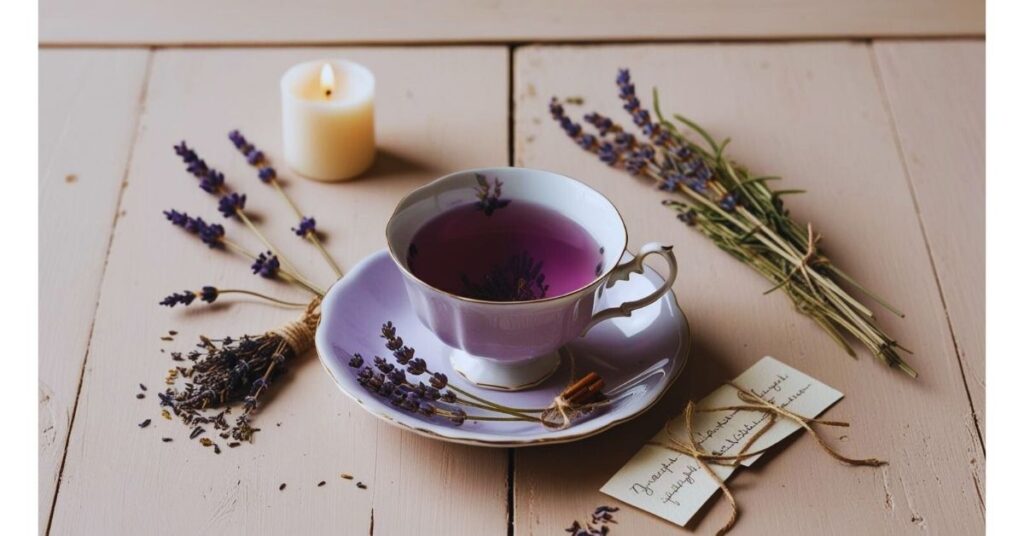
☕ 4. Lavender as a Herbal Tea
In addition to being delicious, lavender tea is a mild treatment for headaches, indigestion, and anxiety.
Regularly consuming lavender tea helps soothe the nervous system and lower stress. Additionally, it relieves menstruation cramps, bloating, and stomach pain. Additionally, especially after a long day, lavender tea may improve your mood and foster mental clarity.
## One teaspoon of dried lavender buds is added to one cup of boiling water to produce lavender tea.
## After 5 to 10 minutes of steeping, strain and savour.
## For added flavour, you can add honey or a slice of lemon.
One of the best ways to relax and unwind before bed is to drink lavender tea in the evening.
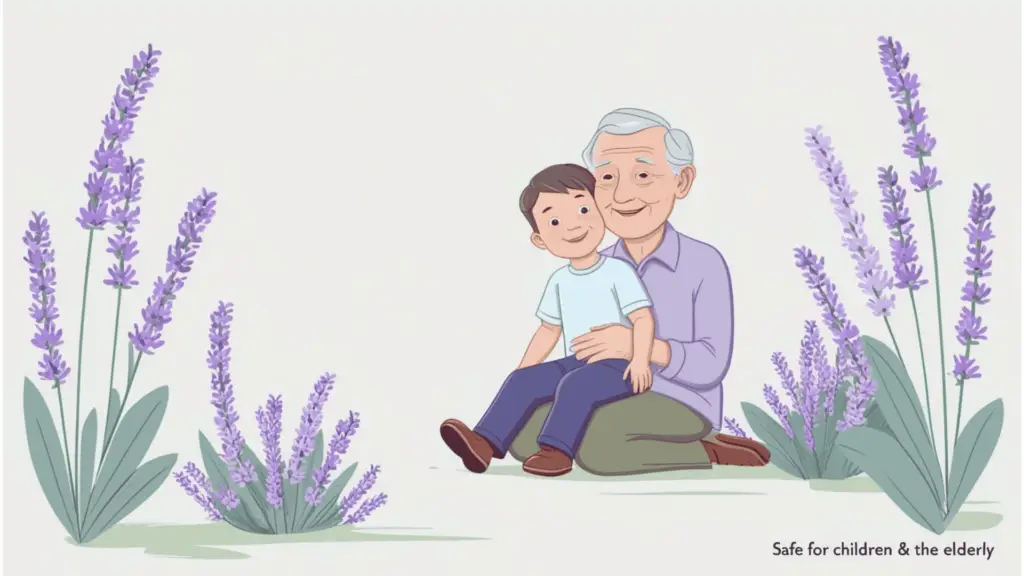
👶 5. Safe for Children and the Elderly
One of the few herbs that is deemed suitable for usage in diluted form by both children and elderly people is lavender. When taken correctly, it is mild, effective, and free of unpleasant side effects.
To assist youngsters relax before bed, you can add a drop of lavender oil to their bath. Children who struggle to fall asleep can also benefit from a lavender pillow mist. Children and elderly people with minor cuts or skin rashes can benefit from using a gentle lavender balm.
However, before applying essential oils to newborns or very young children, always get a pediatrician’s opinion. Don’t put essential oils directly on their delicate skin; instead, use only natural, diluted forms.
⚠️ Safety & Precautions
Lavender is generally harmless, however there are a few things to keep in mind:
## It is usually necessary to dilute essential oils before applying them to the skin.
## Essential oils should not be taken orally; while lavender tea is safe, the oil should not be eaten.
## To prevent allergic reactions, use a patch test.
## Use with caution if you are pregnant; see your doctor before using.
Although lavender is calming, using too much of it might still make you drowsy or irritated.
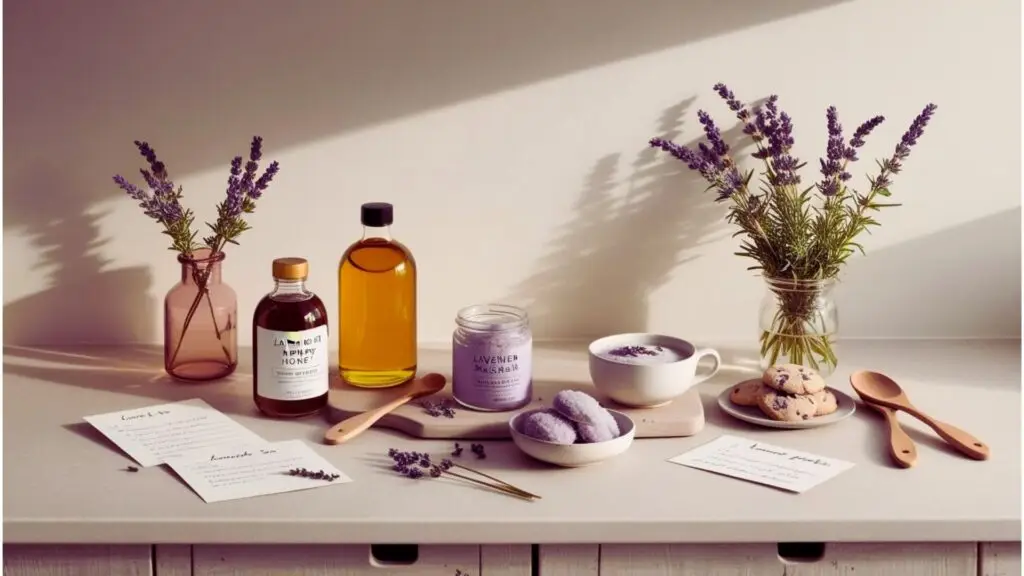
🧺 Homemade Lavender Recipes to Use Every day
Ten drops of lavender essential oil, half a cup of dried lavender flowers, and one cup of Epsom salts can be used to create a relaxing bath soak. To create a spa-like experience at home, add this mixture to your warm bath water and soak for 20 minutes.
One cup of distilled water, one teaspoon of witch hazel, and five drops of lavender oil can be combined to create a revitalising face mist. If desired, add a drop of rosewater. Use this mixture to soothe and revitalise your skin throughout the day by pouring it into a spray bottle.
Another easy way to make a sleep sachet is to stuff dried lavender flowers into a tiny fabric bag and put it beneath your pillow. You can fall asleep more easily because to the mild aroma.

